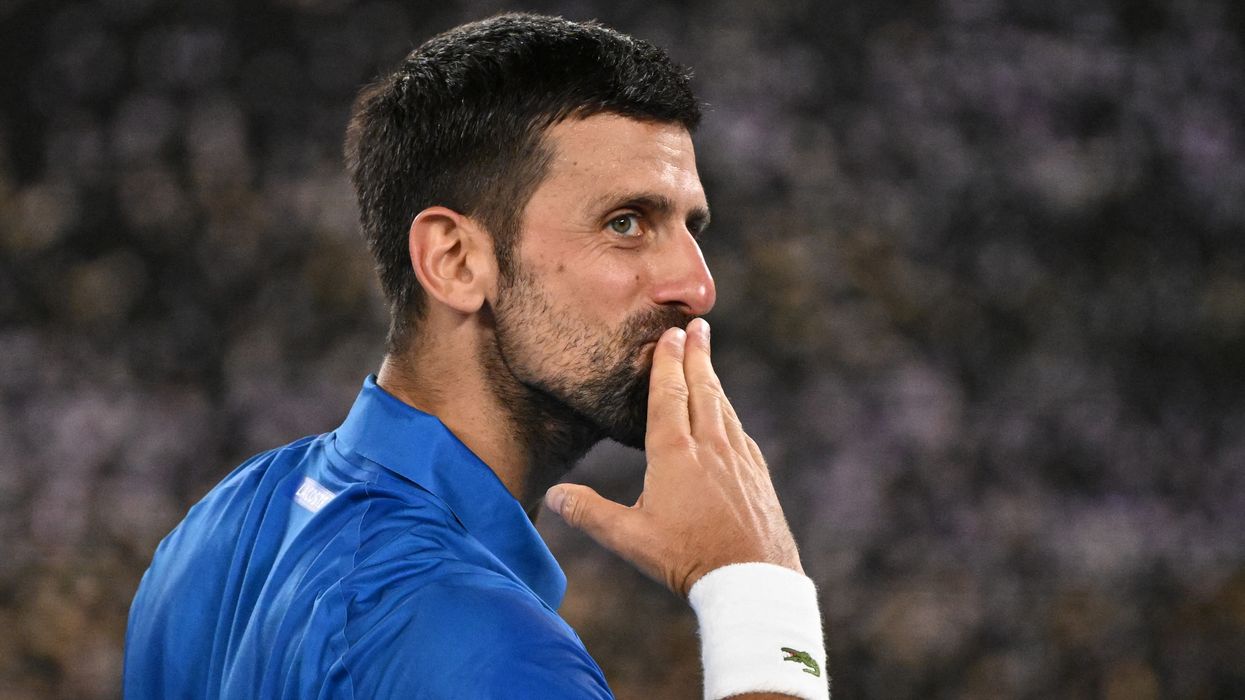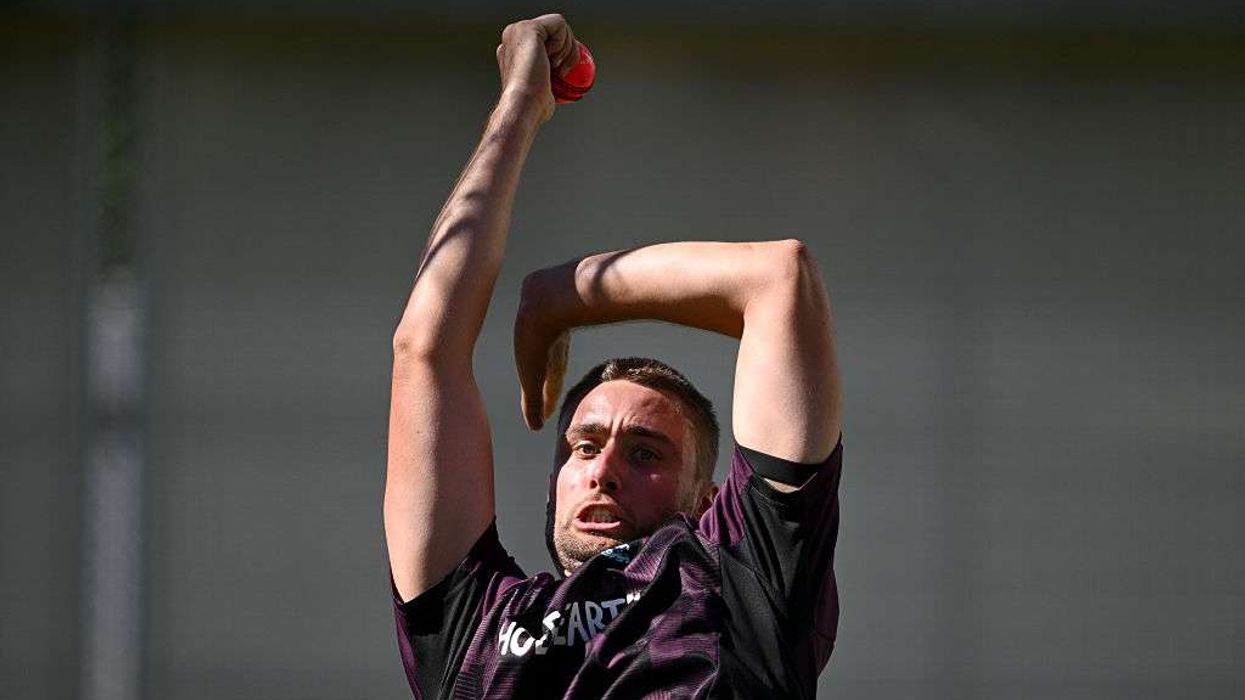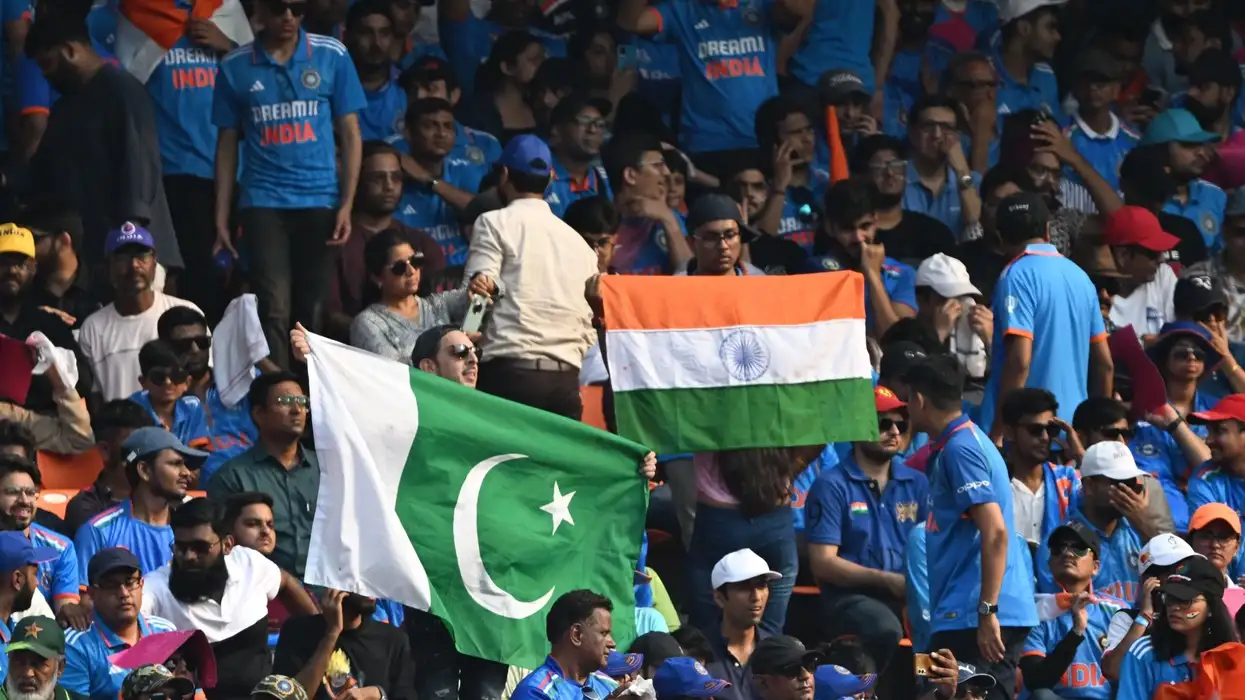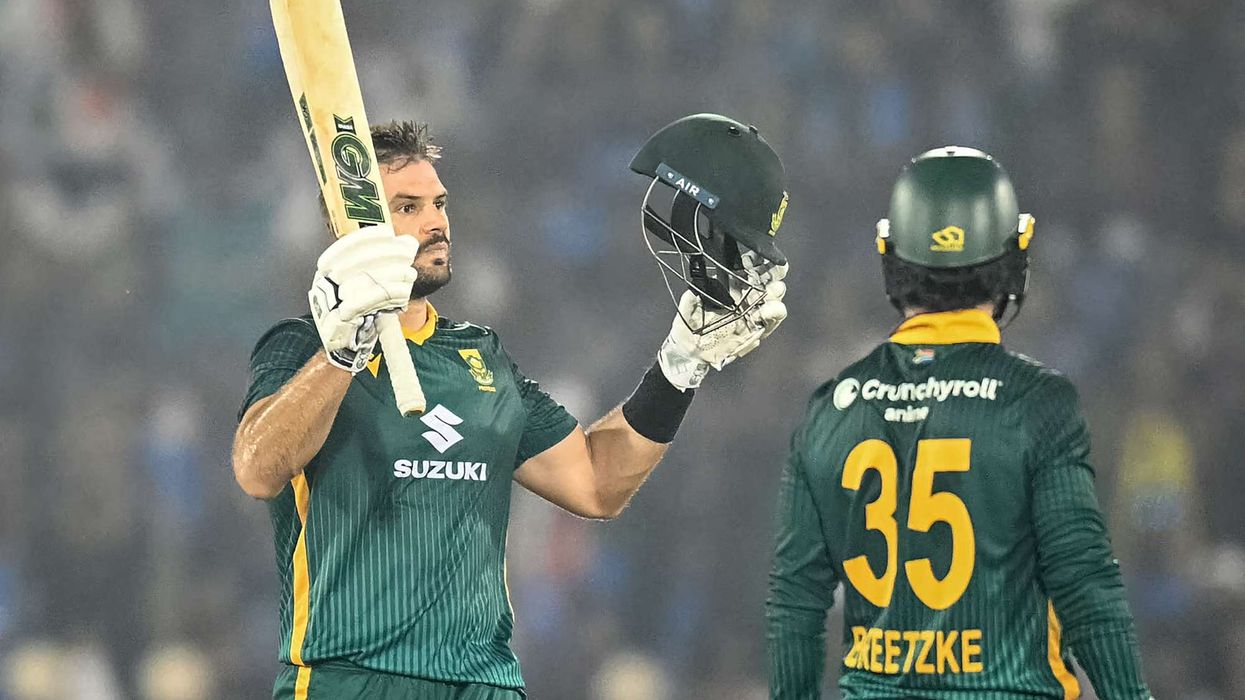NOVAK DJOKOVIC advanced to the third round of the Australian Open after defeating Portuguese qualifier Jaime Faria in four sets on Wednesday.
The 37-year-old won 6-1, 6-7(4), 6-3, 6-2 on Rod Laver Arena, marking his 430th Grand Slam singles match and surpassing Roger Federer’s record of 429 matches in the Open era.
Djokovic, chasing his 11th Australian Open title and a record 25th Grand Slam crown, acknowledged the milestone. “I love this sport, I love competition,” he said. “Whether I win or lose, I will always leave my heart out on the court. I’m just blessed to be making another record.”
After dropping a set in his first-round match against American Nishesh Basavareddy, Djokovic again faced challenges against 21-year-old Faria. Faria pushed Djokovic by winning the second set in a tiebreak, but Djokovic regained control to close out the match. “He was playing lights-out tennis,” Djokovic said. “I told him at the net the future is bright for him.”
Djokovic will face Czech 26th seed Tomas Machac in the third round.
Zheng Qinwen knocked out, Sabalenka advances
In the women’s draw, fifth seed Zheng Qinwen was eliminated by Germany’s Laura Siegemund, who won 7-6(3), 6-3.
Zheng, aiming to replicate Li Na’s 2014 triumph, struggled to maintain consistency. “I had a lot of chances to break her in the first set but maybe my concentration wasn’t there,” Zheng said.
Siegemund expressed her excitement after the win. “I knew I just had to play more than my best tennis – you have nothing to lose, so I told myself to swing free.”
Top seed Aryna Sabalenka overcame a tough challenge from Spain’s Jessica Bouzas Maneiro, winning 6-3, 7-5. Sabalenka recovered from being down 2-5 in the second set to secure the victory. “She played incredible tennis today and it was a really tough one,” Sabalenka said. “I’m super happy with the win in straight sets.”
Elsewhere, Carlos Alcaraz cruised past Yoshihito Nishioka 6-0, 6-1, 6-4, and Naomi Osaka defeated Karolina Muchova 1-6, 6-1, 6-3 to set up a match with Belinda Bencic. Jessica Pegula, Olga Danilovic, and Bencic also advanced.
Yuki Bhambri and Albano Olivetti exit in first round
India’s Yuki Bhambri and France’s Albano Olivetti were knocked out in the men’s doubles first round after a 2-6, 6-7 loss to Australian wildcards Tristan Schoolkate and Adam Walton.
The Indo-French duo struggled with errors, failing to convert any of their three break points and committing five double faults.
Bhambri and Olivetti showed more resilience in the second set but were broken twice, eventually conceding the match.
This follows Rohan Bopanna and Nicolas Barrientos’ first-round exit on Tuesday.
(With inputs from agencies)













